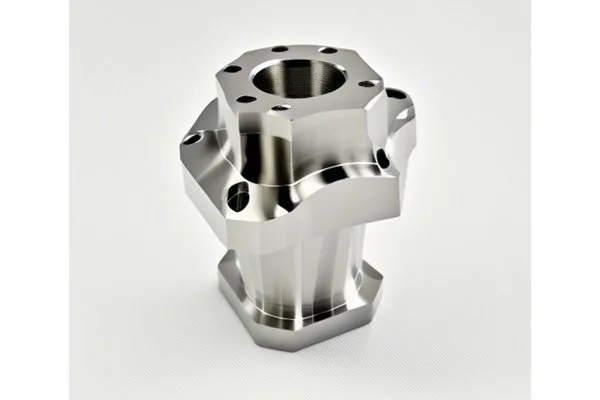: The Importance of Quality in CNC Machining
Did you know that 30% of all manufacturing costs are directly related to scrap and rework due to surface defects? In the world of CNC machining—where precision and quality are paramount—the ability to produce flawless parts can have a significant economic impact. Surface defects not only affect the aesthetics of brass parts but can also compromise their functionality, leading to failures in applications ranging from aerospace to consumer products.
As manufacturers deal with increasing demands for complex geometries and tight tolerances, understanding how to effectively reduce surface defects becomes vital. This blog will delve into the common causes of surface defects in CNC machined brass parts and provide you with detailed strategies to address and mitigate these issues.
Understanding CNC Machining and Its Application to Brass
CNC (Computer Numerical Control) machining is a subtractive manufacturing process that uses pre-programmed computer software to control the movement of factory tools. When it comes to machining brass, which is primarily an alloy of copper and zinc, the process can present unique challenges.
Brass possesses excellent machinability, but surface defects like scratches, tool marks, and dimensional inaccuracies can arise if not properly managed. To produce high-quality brass components, manufacturers must consider a variety of factors during the CNC machining process, including material selection, machining parameters, tooling choices, and post-processing techniques.
Common Surface Defects in Brass CNC Machining
Before we can dive into the solutions, it’s essential to recognize the common types of surface defects that can occur during brass machining:
Strategies to Reduce Surface Defects in CNC Machined Brass Parts
To achieve high-quality brass parts free from surface defects, manufacturers can implement several strategies:
The type of brass used can significantly impact the machinability and resultant surface quality. Common brass grades include C36000, C26800, and C
Machining parameters such as cutting speed, feed rate, and depth of cut play a crucial role in determining the quality of the finished part.

The choice of cutting tools impacts not only efficiency but also the surface quality of machined parts. Tools with a sharp edge and appropriate geometry can significantly minimize defects:
The machining of brass can generate significant heat, which poses risks of thermal deformation and surface defects. Hence, effective cooling and lubrication are crucial:
Maintenance of the CNC equipment is crucial for ensuring its precision and operational reliability. Regular inspections can prevent issues such as spindle runout or alignment problems that lead to poor surface finishes.
Utilizing advanced manufacturing techniques can lead to better outcomes:
Even with the best machining practices, additional steps often improve surface quality:
: Striving for Quality in CNC Machining
Reducing surface defects in brass parts during CNC machining is not merely about fixing imperfections; it involves a holistic approach to manufacturing that considers material selection, equipment maintenance, machining parameters, and post-processing. By addressing each of these aspects, manufacturers not only ensure high-quality output but also enhance overall efficiency and reduce production costs.
Understanding and implementing these techniques is crucial for manufacturers aiming to stay competitive in a rapidly evolving industry. By prioritizing quality through systematic approaches to machining processes, CNC professionals can mitigate defects, ensure compliance with industry standards, and ultimately deliver superior products to their clients.
In summary, the strategies outlined in this blog are not just about reducing surface defects—they represent best practices for achieving excellence in CNC machining of brass parts. As the industry evolves, it is essential to keep these principles in mind to foster continuous improvement and sustain long-term success.






